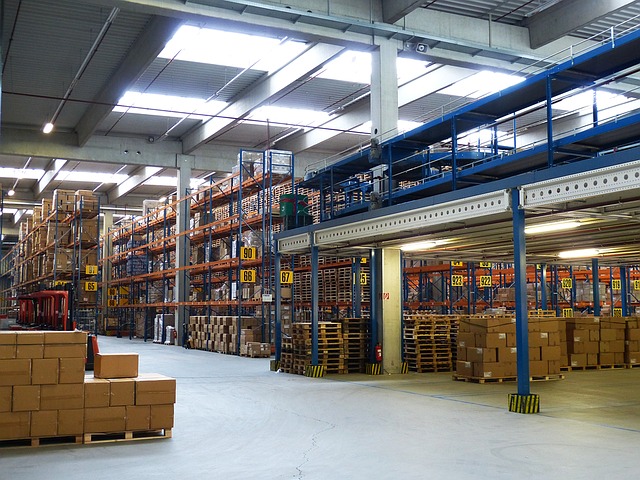- March 29, 2017
- Posted by: David Marshall
- Category: Innovation, Manufacturing

A couple weeks ago, I talked about how we made some changes at Robroy when I first took over as president and COO. One of the first things we did was to do completely change our factory layout.
When I first got there, the company and the plant was 40 years old. When the plant was first laid out, it made sense. Materials flowed in a smooth and logical manner. But as the company grew and expanded, new machines were brought in and placed wherever there was room, which not only created new workflow issues, but people were handling items more than once, and we even needed new associates to unplug the bottlenecks that were created.
So we moved everything around, and put it all back into a logical flow again, with the raw materials coming in one door and then making their way through the workflow until the finished products reached the other door without ever crossing paths.
Another improvement we made was to install an inventory rack system. Under the old system, we would just set raw materials somewhere on the floor, and then go hunting whenever someone needed them. We had six associates whose only job it was to find those raw materials.
We had 30 feet of vertical space, and we were only using the floor space for the inventory. By installing the rack system, we were able to not only clear up that space, we were able to easily find all the inventory in a couple minutes, not 20 or more.
Our new factory layout resulted in three major benefits.

First, we reduced errors. Errors can be especially costly, because they not only waste the original raw materials (which meant we had to buy them again), but in some cases, we were losing finished products, which meant we wasted time and money to actually turn them into usable inventory. By only handling everything once, we cut down on all kinds of errors and damage, and that saved a lot of money.
Second, we reduced the need for excess inventory. In the past, we often had to purchase excess inventory to cover any errors that were made. By reducing errors, we could reduce the excess inventory we had been keeping around just in case. Instead, we were actually able to start ordering inventory and having it delivered just in time. That saved us a lot of storage space, and helped us reduce the staff needed to keep track of it all.
Finally, we also reduced the number of injuries and accidents, because not only did we have the product traveling in one direction, we also put ergonomics rules and laws into practice, which indirectly also improved our efficiency and productivity. Most importantly, that had a major impact on overall plant safety.
For example, a piece of steel pipe that’s 10 feet long and 6 inches wide can weigh 200 pounds. Having two people carry that is asking for trouble. They can hurt their backs or tear muscles, or run into a piece of equipment or another associate on the floor. That results in all kinds of worker’s comp claims, as well as possibly ending a person’s career.
But we created an ergonomic rule that required that nobody lifts more than 20 pounds, and we found the technology to ensure nobody lifted more than that amount. So we got the machines to cut the heavier materials and handle it throughout the entire process without anyone having to touch it.
After about 12 months of this, our excess and obsolete inventory dropped by over 50%, which resulted in $4 million savings in just one operation. Those savings happened because we weren’t sinking capital into raw materials, we weren’t damaging materials or completed products, and we weren’t buying things “just in case” something got damaged. We also entirely revamped our inventory and storage process, which I’ll discuss in a future article. That made a major difference in our improvements as well.
The end result was that we not only reduced our head count by nearly half, we had doubled our productivity, and rapidly grew our revenues, just by finding new efficiencies such as re-laying out the entire factory floor so everyone handled everything once, and finding equipment to take some of the heavier handling out of human hands.
I’ve been a manufacturing executive, as well as a sales and marketing professional, for a few decades. Now I help companies turn around their own business. If you would like more information, please visit my website and connect with me on Twitter or LinkedIn.
Photo credit: Falco (Pixabay, Creative Commons 0)

